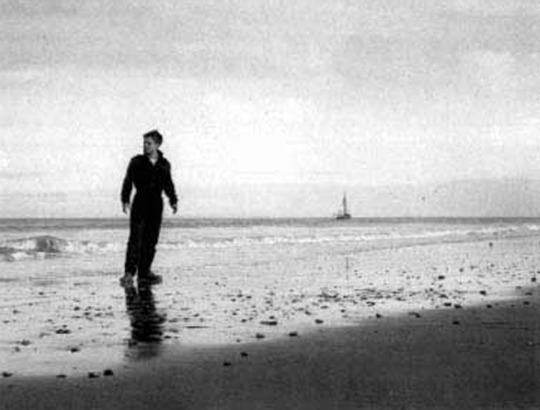#The 400 Blows
Text
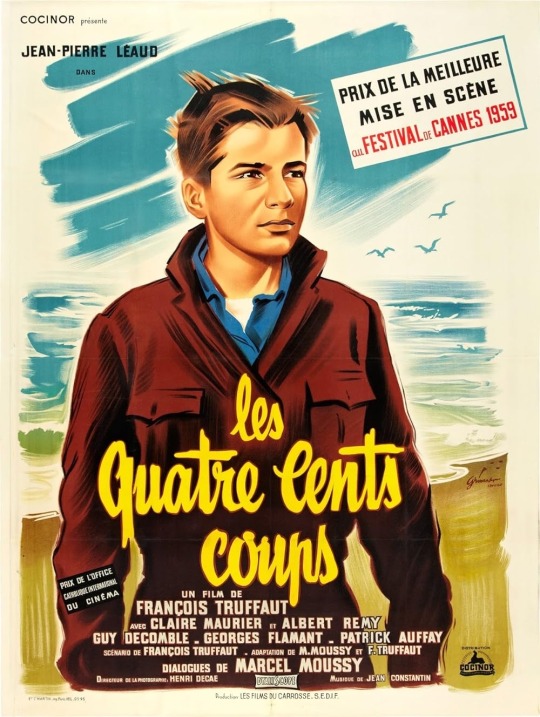
François Truffaut‘S THE 400 BLOWS premiered at the Cannes Film Festival on May 4, 1959.
11 notes
·
View notes
Photo
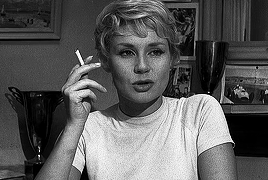
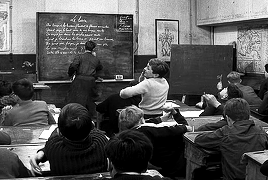
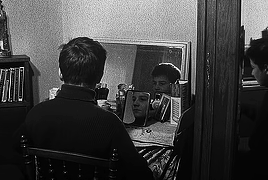
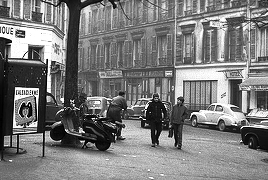

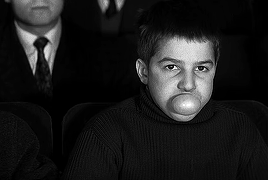


The 400 Blows, 1959
dir. by François Truffaut
#filmedit#filmgifs#worldcinemaedit#userfilm#classicfilmedit#cinemaspast#userpavlova#usernatty#userkraina#usermoreau#the 400 blows#1950s#france#ours#gifs#by teka
357 notes
·
View notes
Text

The 400 Blows
35 notes
·
View notes
Photo
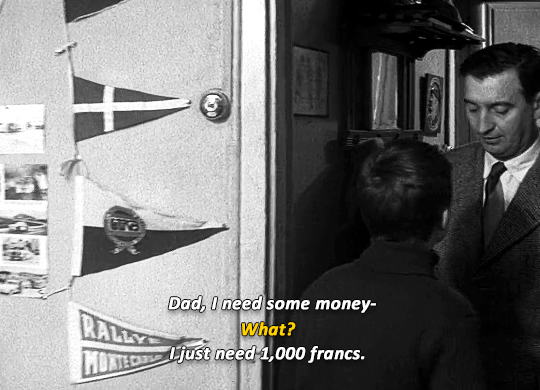

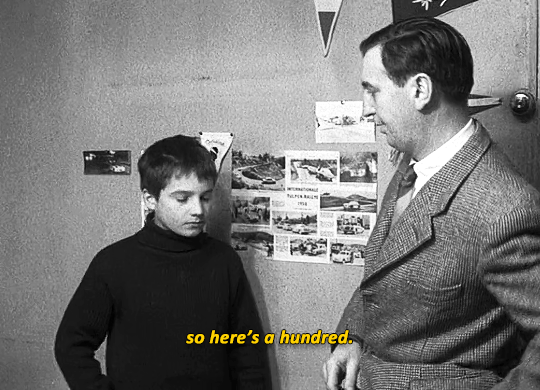
All right, 500. But your mother should pay for that.
The 400 Blows, 1959
dir. by François Truffaut
#filmgifs#filmedit#moviegifs#userfilm#classicfilmedit#worldcinemaedit#userpavlova#usernatty#userkraina#usermoreau#the 400 blows#1959#1950s#*#by teka
377 notes
·
View notes
Text
#poll#film#film poll#french#frenchblr#booklr#song#music poll#book poll#french poll#media#intouchables#un sac de billes#l’armée des ombres#balance ton quoi#angèle#the 400 blows#petit nicholas#the extraordinary adventures of adele blanc sec#ma vie de courgette#ne me quitte pas#superstar#maréchal nous voilà#et si tu n’existais pas
13 notes
·
View notes
Text


Arthouse Muppets
The Crustacean Collection
Art by Bruce McCorkindale
#Arthouse Muppets#Muppets#The Muppets#Film#400 Blows#The 400 Blows#The Third Man#Third Man#Fozzie Bear#Fozzie#Kermit The Frog#Kermit#Art#Criterion Collection#Bruce McCorkindale
55 notes
·
View notes
Text

36 notes
·
View notes
Text
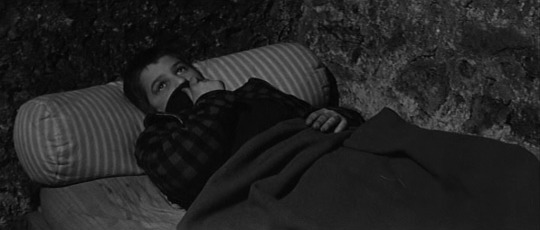
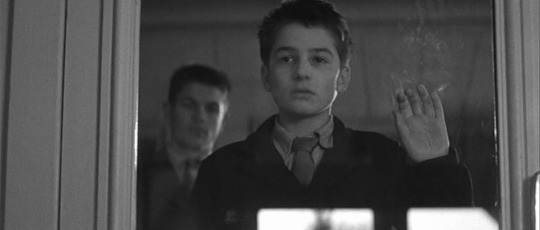

"Adolescence leaves pleasant memories only for adults who can't remember." -François Truffaut
#the 400 blows#this is my favorite movie#it's so subtle and honest#a pitch-perfect character study i love every choice that was made in this
7 notes
·
View notes
Photo




Santa Claus Has Blue Eyes (Jean Eustache, 1966)
#film#santa claus has blue eyes#Le Père Noël a les yeux bleus#jean eustache#jean-pierre léaud#the 400 blows
51 notes
·
View notes
Photo

WHEN: Hopefully everyone will finish watching by the 30th September, 2022, and start adding their thoughts then but if you are done earlier and want to post your thoughts please do.
WHERE: Here are your links
With hardcoded subtitles: https://archive.org/details/the-400-blows
With soft subtitles: https://tinyurl.com/findmefilmclub [this will stay up till 7th Oct, this print might be a tad sharper. you can watch online or download it]
WHO: Everyone!
P.S please use :readmore: for long posts
#Findmefilmclub#hopefully we'll get around to watching all of the Antoine Doinel films#François Truffaut#find me#the 400 blows
70 notes
·
View notes
Text
THE 400 BLOWS
By Hongyang Zhang
"The 400 Blows" is widely counted as a key film in French cinema and is also considered one of the early flagships of the French New Wave cinema. Having come out in 1959, and focusing on Antoine Doinel, a teenager with various problems, abandoned by his family, problematic at school, and tempted by delinquency, “Les Quatre-Cent-Coups” is just one of the films in the series, made by Goddard.
The way Truffaut paired the semi-autobiographical story line with something inside makes the film rather authentic and more emotionally appealing. By adding his personal experience of the child's misbehavior and issues, Truffaut has shown natural adolescence with or true feelings together with these kinds of of isolation, rebelliousness and feelings of society's disappointment.
Although it was a low budget movie and the cast was not very famous, it gained respectable reviews, the film won Truffaut the best director award at Cannes film festival. The films provide a new storytelling method that applies the fragmented narrative and captures visual closeness that leads to such an even stronger audience and critics devotion.
In postwar France during the time of the "The 400 Blows" movie, which was marked by multiple cultural and societal changes and challenges, the film was created. Truffaut’s depiction of a young man Doinel through the lens of the character’s struggles such as alienation and the disillusionment of youth partly captured the sense of feelings of many young people in 60s. Therefore, the film emerges as a powerful image of the quarter-life crisis and unfulfilled freedom wishes of the age.
To Truffaut's credit, he portrays the story in "The 400 Blows" with its natural style and an individualistic perspective on the characters' psychology. On the contrary, using handheld camera work and long shots, he makes a viewer to feel oneself like Antoine in his hard-boiled world and he creates a vivid similarity to streets of Paris. The movie's black-and-white photography adds a degree of authenticity, and Truffaut's heartier use of unknown actors, in effect, adds to its sense of realism.
"The 400 Blows" broke with traditional narrative patterns, using disjointed storytelling methods and a non-conclusive ending. From the experimental way of viewing the story to the attention to the psychological realism of character and cinematographic precision, Truffaut made it possible for audiences to rethink existing notions about storytelling, character development, as well as filmmaking (in general), thus, extending the limits of cinematic expression.
The film was reviewed mostly by the critics in a mixed evaluative manner, among which there were many positive reviews afterward. Debate among the critics, authors, journalists and the bloggers from different linguistic backgrounds, led them to bring in the variety in their discourse on François Truffaut's first film.
Journalistic reviewers rightly commended the film for its gritty realism and emotional intensity. They acknowledged Truffaut's fearlessness in his depiction of the all too real experiences of emerging and adolescent youth and its relatedness to that of relevant audience members, whose voices had once been largely silenced by the idyllic depictions of youth in mainstream cinema. One of the most notable things that many critics had observed was the film's fresh styles of telling the story which are using a fragmented narrative structure and close-ups filming that developed a surrounding for the viewers around the main character with an immersive and an authentic sense.
Furthermore, critics from the academic domain praised the film for its handling of various complex issues and its role in the development of cinematic art. The analysis said that the film showed how subtle the character development was and even had a touch of social and historical context. It also noted how the director was able to combine personal experience with those that can be identified universally. While other scholars suggested that the movie's open conclusion encouraged distinct perspective and allowed viewers to discuss the significance of question of the film's intended meaning within French cinema and beyond
Vernacular critiques, including bloggers and independent reviewers, of the film "The 400 Blows" granted it a more grassroots perspective. These critics appreciated how the film had been relevant to modern times and immortalized by subsequent generations of filmmakers by designating it a cinematic classic. Being well-known bloggers, they particularly gave praise to Truffaut direction and his ability to draw out sympathy and understanding from viewers through his depiction of the protagonist`s hardships.
Not everyone considered "The 400 Blows" a masterpiece, though. The critics had divided opinions. Some critics lamented the film's unconcluding resolution, and the decision to stride away from the normal storytelling structure is one of them. There was also a group of critics who asserted its depiction of adolescence and reflected society problems, thus, shaping the debates about reason and fiction.
"The 400 Blows," directed by François Truffaut, is relevant not only for the storyline but also for the director's original creative suggestions which add to its uniqueness and freshness. An impressive quality of Truffaut lies in his directorial abilities, who displays skillfully the naturalistic aesthetics with intimate storytelling methods, which, in turn, become a cinematic experience, visually appealing and emotionally involved on part of the audience.
The film's cinematography, which are composed of the handheld and long take shots, take the audience into the main character's world with immediacy and intimacy. Together with his natural lighting of the spot and location shooting of the neighborhood of Paris, Truffaut brings in the authentic and genuine visuals of the city environment.
In terms of style, the movie "The 400 Blows" uses improvisation and spontaneity that shows the teenage energy of the protagonist as well as his impulsiveness. Truffaut's choice to cast mostly new actors, including Jean-Pierre Léaud as Antoine Doinel, naturally sharpens the realism, reinforcing the feeling of the characters being alive. This results in the emotional authenticity that links the audiences with the actors.
Furthermore, the narrative structure of the movie is noteworthy in its fragmentation and ambiguity which conveys the struggle of the protagonist whose personality is shattered by trying to apply meaning onto the chaotic condition that surrounds him. With this film, Truffaut demonstrates he is a director who avoids going by the rules of traditional storytelling technique and prefers following his impressionistic approach to narration, reviving the traditional basic cinema role as a stage for others unconscious reflection upon the topic of the movie.
At the end, I can say that "The 400 Blows" is a great classic which impresses everybody by its strong emotional charge, creative and profound approach to the subject. François Truffaut's intense and vivid portrayal of the inner life of adolescence against the background of the wider social and historical themes explains the film's status of the cult movie. The "400 Blows" gains its fame through the naturalistic visual style, an intimate approach to storytelling along with theme centered on the universal humanity and it goes on to become a testament to the unmatched power of cinema to cross cultural boundaries and help us to connect at a more intimate level.
2 notes
·
View notes
Text


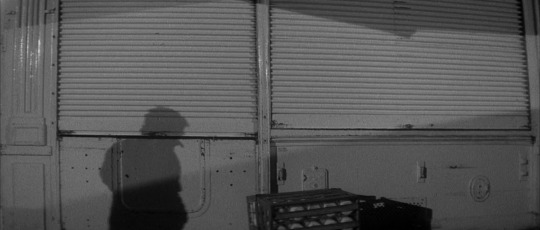

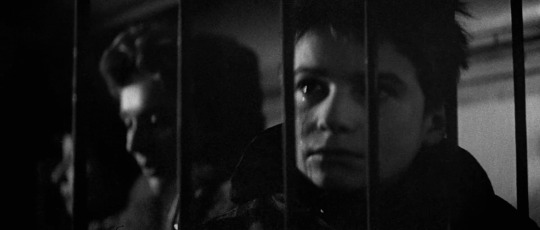
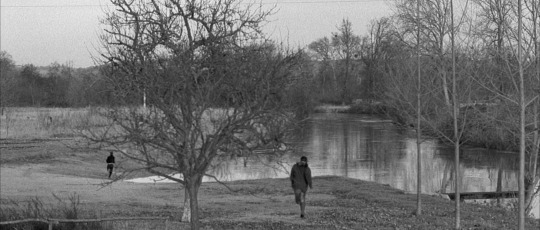
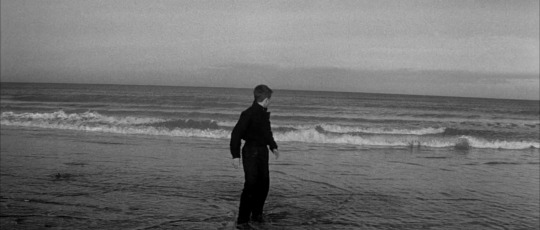
The 400 Blows (1959), dir. François Truffaut
#the 400 blows#les quatre cents coups#françois truffaut#jean pierre léaud#film#film stills#filmedit#movies#movie stills#cinema#cinephile#my posts
79 notes
·
View notes
Text


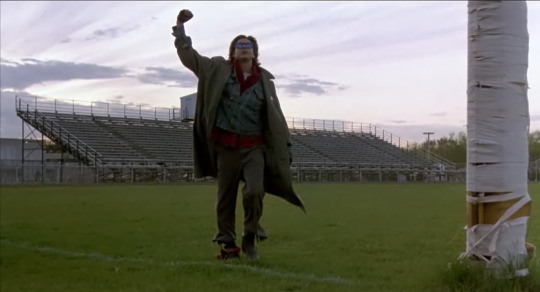




movies ending on freeze frames
The 400 blows (1959) dir. François Truffaut| Picnic at Hanging Rock ( 1975) dir. Peter Weir| The Breakfast Club (1985) dir. John Hughes| The Omen (1976) dir. Richard Donner| Peppermint Soda (1977) dir. Diane Kurys| Charulata (1964) dir. Satyajit Ray| A Moment of Innocence (1996) dir. Mohsen Makhmalbaf
#the 400 blows#francois truffaut#the breakfast club#john hughes#charulata#satyajit ray#picnic at hanging rock#peter weir#the omen#peppermint soda#diane kurys#a moment of innocence#mohsen makhmalbaf#french new wave#french cinema#movies#horror films#horror#asian cinema#vintage#cinematography#indian cinema#criterion collection#cinephile#film stills#iranian cinema#film#art#artists on tumblr#destiny's rainboww
51 notes
·
View notes
Text
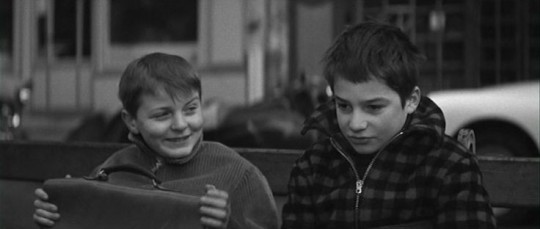
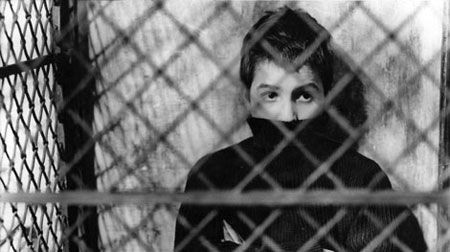
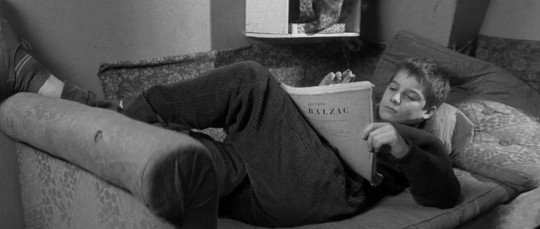

The 400 Blows - a film by François Truffaut
#francois truffaut#jean pierre léaud#the 400 blows#french new wave#france#film#1958#new wave#cinephile#cinema
4 notes
·
View notes
Text

18 notes
·
View notes

